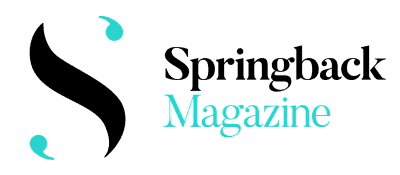The huge balloon slowly floats over the stage, revealing one by one a series of single naked human bodies in various positions, then groups of people fossilised in mid-action, as if interrupted by a major disaster. The black cloud allows us a series of glimpses into this ‘list of extinct species’ as the relationship between the bodies and the black mass slowly develops: the frozen bodies become active, start to resist, even manage to take control of the balloon, whose mechanism is revealed and whose single nether crevice is reminiscent of both a vagina that gives birth to the naked dancers, and a supermassive black hole that could suck the whole stage and audience into itself. If the programme notes refer to the balloon as a new Leviathan, its relationship with the dancers also makes us think of forthcoming natural disasters provoked by human-induced environmental destruction – or maybe it’s the next financial crisis, threatening the frail stability of global neoliberal capitalism?
WRECK is certainly а perfect sale for various European festivals. Visually fascinating, open to interpretation and borrowing from various artistic disciplines, it is easy and inexpensive to transport (the balloon can probably fit in a backpack), can be adapted to various spaces and locations (theatres, galleries, outdoors), and performed by both the original professional dancers or local performers trained for a short period of time (in tune with the push for more engagement with local communities and art as social work). And it can be adjusted to different political and social contexts: for example, the dancers can be fully dressed in circumstances where the naked body might still cause a problem.
A smart, struggling artist using the disadvantages of the system to serve his own aims, Marullo shows it is possible to outwit the exploitative system that approaches artists as circulating products. Yet WRECK should also make us think: are less adaptable dance artists on the list of potentially endangered species? ●







